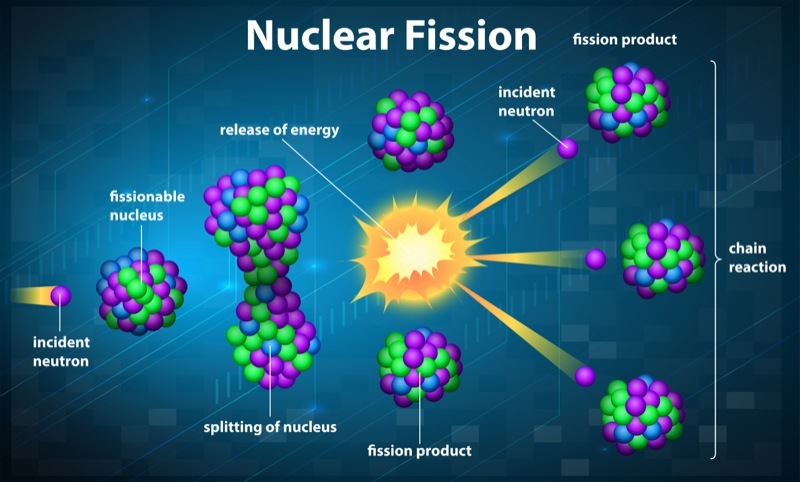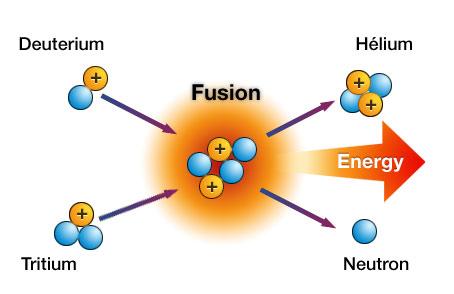The word nuclear is related to the nucleus of an atom it is often used to describe the energy produced when a nucleus is split fission or joined with another fusion

The Fascinating Connection between “Nuclear” and the Atom’s Nucleus

The word “nuclear” is one of those scientific terms that often sparks curiosity and brings to mind images of immense energy, radiation, and perhaps even danger. But have you ever wondered why the term “nuclear” is used to describe both atomic energy and the nucleus of an atom? In this article, we will explore the intriguing relationship between these concepts and shed light on their captivating connection.
The term “nuclear” originates from the Latin word “nucleus,” which means the central and most important part of something. In the scientific context, the nucleus refers to the core of an atom, where protons and neutrons are tightly packed. Since the discovery and understanding of atomic structure, scientists have been captivated by the immense power that resides within this minuscule center.
Nuclear Energy: Unleashing the Power of the Atom

When it comes to energy production, nuclear power plants rely on two main processes: fission and fusion. These processes harness the tremendous energy stored within the atomic nucleus, leading to the production of clean and efficient power.
Fission: Splitting the Atom’s Nucleus
Fission occurs when the nucleus of an atom is split into smaller fragments. This process leads to the release of an enormous amount of energy. In power plants, this energy is harnessed by causing the splitting of uranium-235 or plutonium-239 atoms through the bombardment of neutrons. The released energy is used to heat water, which produces steam and drives turbines to generate electricity.
While fission is a powerful energy source, it is important to handle nuclear materials with utmost care. The radioactivity associated with some of these materials can pose significant risks if not managed properly.
Fusion: Bringing Nuclei Together
Fusion, on the other hand, involves the joining or combining of atomic nuclei to form a heavier nucleus. This process generates tremendous amounts of energy, as observed in the sun and other stars. While fusion technology has yet to be mastered on Earth for practical energy production, scientists and researchers are continuously working towards harnessing this potentially limitless power source.
One of the remarkable aspects of nuclear fusion is that it not only produces vast amounts of clean energy but also significantly reduces radioactive waste compared to fission. Fusion reactors hold the promise of a safe and sustainable energy future, though many scientific and engineering challenges still need to be overcome.
In conclusion, the word “nuclear” indeed relates to the nucleus of an atom. It eloquently captures the essence of both the immense power residing within the atomic nucleus and the energy produced through processes like fission and fusion. Understanding the intricate relationship between these concepts not only reveals the wonder of scientific discovery but also highlights the potential for a bright future powered by clean and efficient nuclear energy.
Source: ThoughtCo - Unusual Science Facts and Trivia
Tags
Share
Related Posts
Quick Links
Legal Stuff

